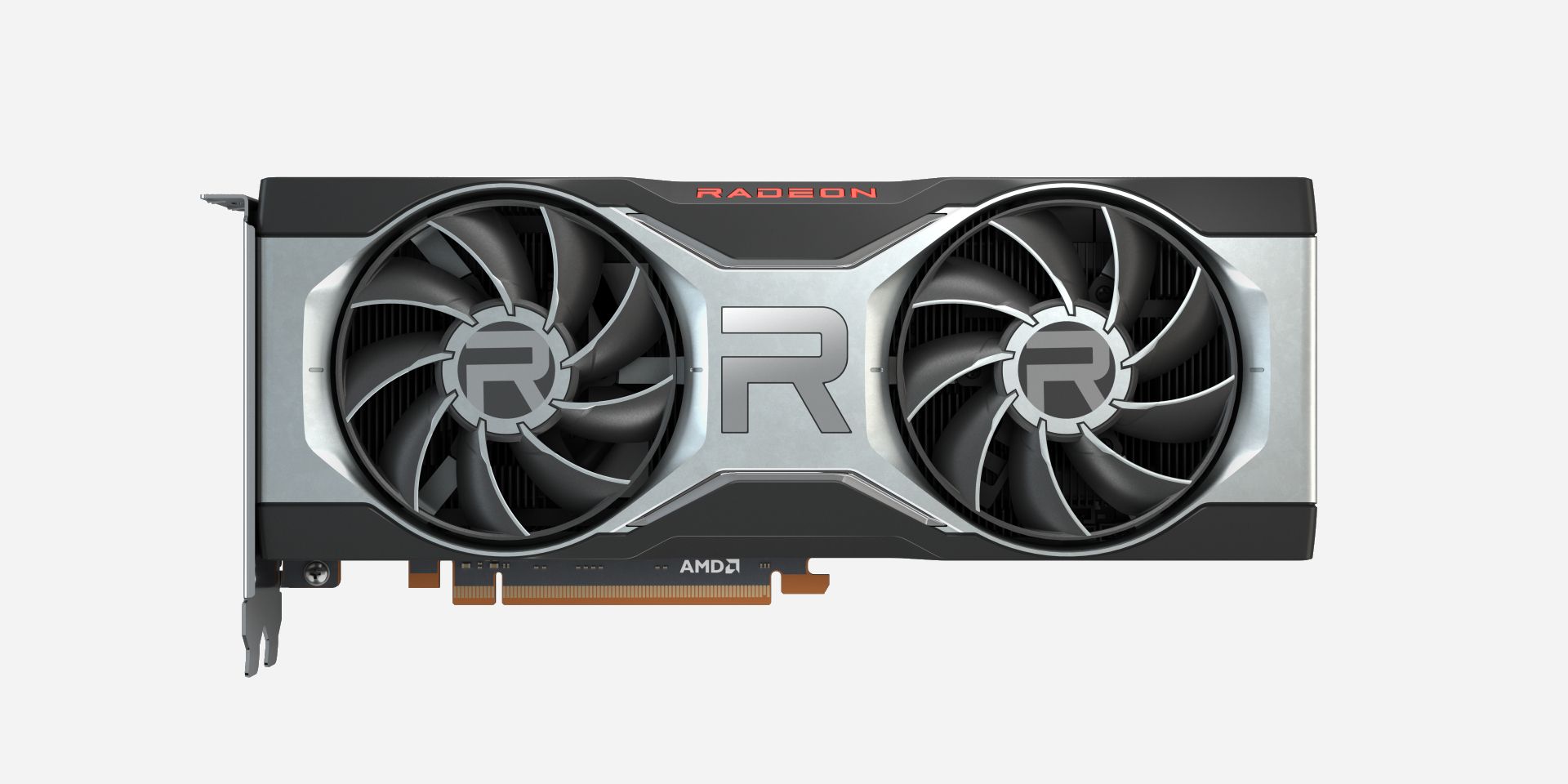What’s the best fit for gamers on a budget: Nvidia’s popular RTX 3060 or AMD’s recently announced RX 6700 XT? The cards represent the entry-level in the line-ups of the two graphics card giants, but there are major differences prospective buyers should know about. Pricing, performance, and availability are all key factors.
The graphics cards industry has been under incredible pressure since last year. The RTX 3080 from Nvidia kicked off the generation last September but sold out within minutes, a tale that was repeated with the launch of AMD’s RX 6800 and 6800 XT in November. A mix of incredible demand from gamers and cryptocurrency miners as well as a global silicon shortage has made even last-generation graphics cards hard to find. The result is a huge community of gamers eager for an upgrade, chomping at the bit to sweep up any current-gen card that fits their bill.
AMD has now revealed its latest gaming GPU, the Radeon RX 6700 XT. Retailing for $479, it’s the company’s most entry-level offering but is targeted squarely at 1440p high refresh rate gaming. That’s also good news for users running 1080p displays as it will offer even better performance. Like the RX 6800 and 6800 XT, it’s built upon the RDNA 2 architecture, which is AMD’s latest design and includes all of the improvements of those higher-end cards, including access to the performance-enhancing Smart Access Memory, Infinity Cache, higher clock speeds, and more efficient power usage. At the same time, the card is scaled back from its higher-tier counterparts in memory, Infinity Cache capacity, and compute units. Its extremely high Boost Clock of 2581 MHz is the fastest of any RX 6000-series card yet, however. The card is slated for release on March 18th and will have increased stock, according to AMD.
RX 6700 XT Vs. RTX 3060

The first thing to know about these two cards is that they’re targeted at different performance brackets. While the only performance data available about the RX 6700 XT comes from AMD itself, it’s made clear that this is a card intended to excel at 1440p gaming. The RTX 3060 released on February 25th and has been shown to excel at 1080p gaming. With that in mind, the RX 6700 XT is likely to be a substantially more powerful card. AMD has also positioned the card opposite the RTX 3060 Ti and RTX 3070, first and second steps up in Nvidia’s GPU line-up. This is also reflected in its much more expensive price — $479 versus $329.
When it comes to features, things aren’t as clear-cut. The RX 6700 XT has Smart Access Memory, a feature that allows the CPU to access the entire memory pool of the GPU for a modest performance increase, but requires a Ryzen processor. The RTX 3060 offers its own version of this tech called Resizable Bar and can use either Intel or AMD CPUs. Both graphics cards support features to decrease latency in shooters, but Nvidia one-ups AMD by leveraging its tensor cores to help streamers with AI noise and background removal. For sheer gaming performance, these things will likely play second fiddle to its much higher clock speed (2.58GHz vs 1.78GHz) and improved latency through Infinity Cache.
The elephant in the room between these two cards is ray tracing. AMD hasn’t shared much on ray tracing performance and it’s well-established how frame rate crushing it can be. Will the RX 6700 XT be able to offer consistently high frame rates at 1440p or even 1080p with ray tracing enabled? That is an open question. The RTX 3060 has the advantage here thanks to Nvidia’s DLSS upscaling technology, to which AMD has yet to provide an answer.
Given the incredible GPU shortage, the defining factor may simply be which card is actually available to buy. Though the RTX 3060 has a list price of $329, it is almost impossible to purchase at that price thanks to re-sellers. If AMD can deliver on its promises of additional stock, it may be enough to tip the scales in its favor, even versus the higher tier cards like the RTX 3060 Ti or RTX 3070.




